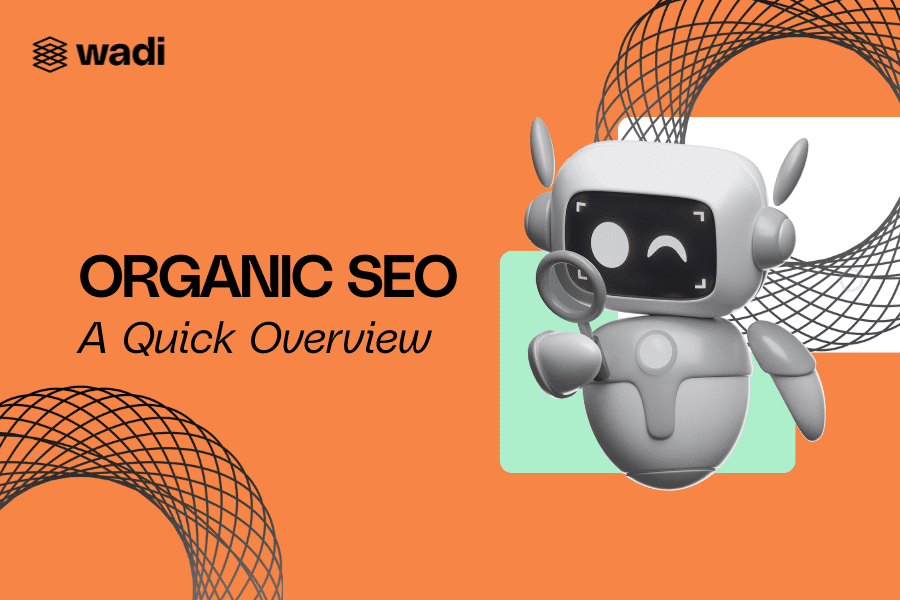When it comes to creating a sitemap for your website there are actually two different sitemaps that every site needs. There is the sitemap for human consumption, this is an index of the main pages and subpages that fall underneath them—pages that can be perused by visitors to the site. Then there is the sitemap that is created for search engine crawlers, which continually update search engines with all of your content as you publish it.
When creating a sitemap page it is important to decide the main pages that any visitor would want to visit, and lay them out in outline form so that a visitor can see everything in a clear overview. This would include your service pages, contact page, about pages–it should include and be an extension of the pages that one would find in a site’s navigation.
Having this page is just as much about user experience as it is about SEO. This page should be created by someone with expertise on what pages users need and expect to find in a sitemap. A sitemap page should serve as a cross between an index and a roadmap for your website.
A Sitemap XML File
The second kind of sitemap is significant (and essential) to search engine optimization. You can customize these files to include pages, post, site authors, categories, tags, images, and videos—any aspect of your site that you can think of including.
Once you create the file that holds that path to these files or pages—or the index of files (depending on how you break it up)—you can submit them through Google Search Console (or the webmaster tool of the search engine you are trying to rank in) and your sitemap will automatically update every time you publish new content.
Having a working sitemap established on your site is the best way to let Google (and other search engines) know about your site, its old content, and when you publish new content.
A Sitemap to Protect You from Penalties
Part of the Google Panda update was to stop sites from copying content, to cut down on unauthorized forms of content syndication and duplicate content. If you write well-written, popular content on your website, there is a good chance that someone is going to copy it and publish it on their site. If you can’t prove in Google’s eyes that it was originally your content, your site may be penalized.
The best way to protect your website is to have a sitemap. If you have a sitemap, it will push your content out immediately to search engines and they will know that you are the original creator.
Sitemaps for Success
Often times people are told that they “need a sitemap” and they build one and not both. Unfortunately, they often don’t obtain the more important of the two, the Sitemap XML. To be competitive you need both, if you want to have an effective online marketing campaign. Don’t skimp on sitemaps if you want to be successful in regards to search engine optimization.






